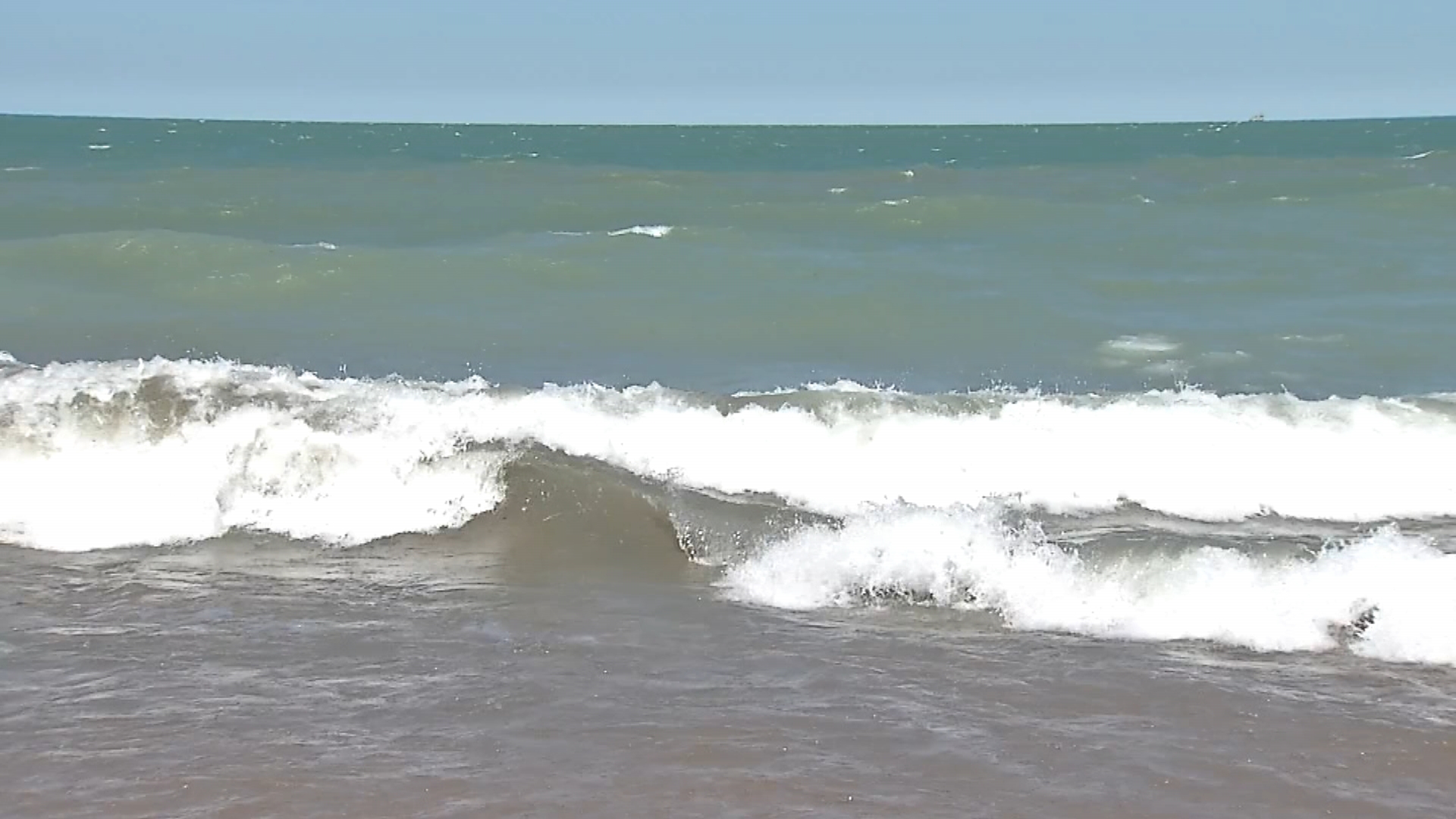As the Chicago area braces for a significant blast of hot temperatures and dangerous conditions, residents will once again have to acquaint themselves with specific measurements and terms.
One of the main terms that will be bandied about will be the “heat index,” which essentially is a measure of how hot it actually feels outside at a given time.
But how exactly is the heat index calculated? How do weather officials use it? Are there other tools that can be used to quantify the conditions?
Here’s a primer.
What is a heat index?
According to the National Weather Service, heat index is measured by inputting the air temperature with the relative humidity at a given time.
That number represents the “feels-like” temperature, and helps to determine whether the National Weather Service will issue weather alerts or advisories.
Local
How is the heat index calculated?
If you want to get out a calculator and figure out the heat index yourself, here is the formula, as published by Lans P. Rothfusz in 1990:
Feeling out of the loop? We'll catch you up on the Chicago news you need to know. Sign up for the weekly Chicago Catch-Up newsletter here.
HI = -42.379 + 2.04901523*T + 10.14333127*RH - .22475541*T*RH - .00683783*T*T - .05481717*RH*RH + .00122874*T*T*RH + .00085282*T*RH*RH - .00000199*T*T*RH*RH
In this formula, HI represents the heat index, while T represents the temperature in degrees Fahrenheit. RH represents the relative humidity.
There are other adjustments that can be made in specific situations, but for the sake of simplicity, NWS also provides this website to calculate the heat index.
How does NWS use the heat index?
According to the NWS, each office has different criteria, but there are several types of heat-related alerts that can be issued.
An excessive heat warning is issued within 12 hours of the onset of dangerous heat, and the general rule of thumb is the warning can be issued if the heat index is going to exceed 105 degrees on consecutive days.
Excessive heat watches can be issued ahead of such events, generally between 24 and 72 hours prior to the onset of hot temperatures.
A heat advisory can be issued within 12 hours of heat indices of 100 degrees or more for consecutive days.
Is there another tool to demonstrate the impact of heat?
One of the limitations of the heat index is that it’s devised for shady conditions with light breezes. Exposure to full sunshine can increase heat index values substantially, according to NWS, as can strong winds.
For sunny conditions, forecasters typically use the WetBulb Globe Temperature formula, which measures heat in direct sunlight. It takes into account not just temperature and humidity, but also wind speed, sun angle and cloud cover.
Those interested in seeing the WBGT in action can use this calculator tool.



